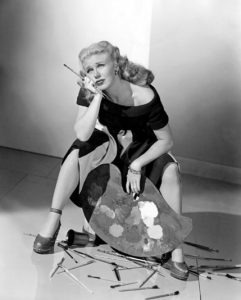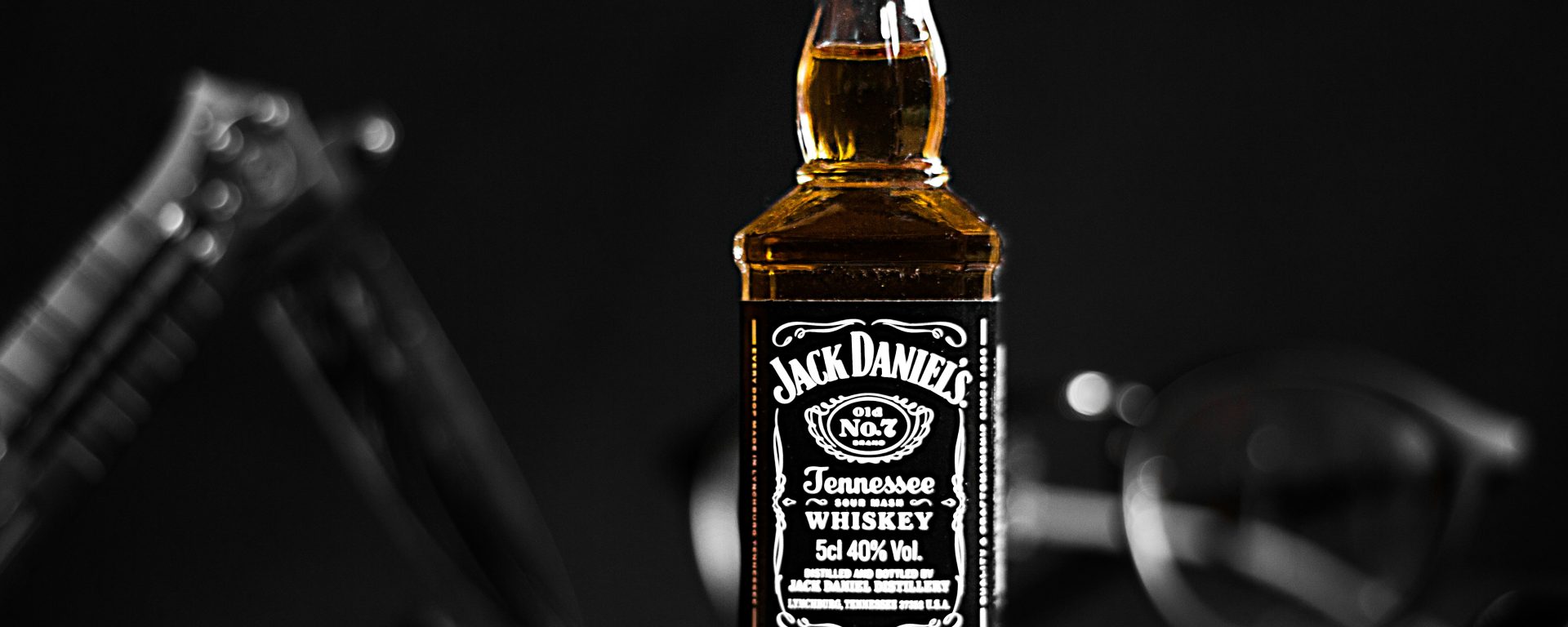Trademark Tug of War
A dispute between a dog toy manufacturer and Jack Daniels recently reached the Supreme Court. The dispute is about a new toy called “Bad Spaniel” that parodies the shape and look of the iconic Jack Daniels Bottle. did the Court side with Jack Daniels, or did the bad dog have its day?
Jack Daniels is an established whiskey brand sold in stores and bars nationwide. Bad Spaniel is a dog toy sold by VIP Products LLC that looks similar to the alcohol products sold by Jack Daniels.
The dog toy is in the shape of a Jack Daniels whiskey bottle. A label “Bad Spaniels” appears where the whiskey label would normally be placed. The label also lists “The Old No. 2 on your Tennessee Carpet” below the brand name. This is similar to the Jack Daniels brand Old No. 7 which lists the product name and “Tennessee Sour Mash Whiskey” on the front label. The dog toy is a parody of the Jack Daniels bottle used to “make fun” of the famous bottle and brand.

Trademark Basics
The Jack Daniels brand name and Old No. 7 logo are both trademarks registered with the United States Patent and Trademark Office (USPTO). A trademark is something like a word, design, or even shape of a product that allows consumers to connect a product to a specific business. You do not need to register a trademark to have protection, but registering with the USPTO provides stronger legal protection against others.
Although all registered trademarks have legal protection, trademarks have different levels of protection against other marks based on the strength of the mark. Made-up terms or arbitrary words that have no obvious connection to the products sold by a company have the strongest protection.
Trademark owners can sue others for using the same or similar marks such that there is consumer confusion. This is called trademark infringement. In addition, owners of famous marks can even assert a claim for federal dilution.
A Case of Whiskey
The case was heard by the Supreme Court this year and was decided on June 8th, 2023. There were two issues before the Court. One involves what test to use to assess whether a commercial product, i.e., Bad Spaniels, infringes a trademark. The other involves a defense to a claim for federal dilution. For the sake of simplicity, this blog post focuses on the first issue.
The Default Trademark Infringement Test
When a trademark owner sues another for improperly using their mark, the analysis is usually whether there was likely confusion between the two marks. If a likelihood of confusion is found, then it means consumers will potentially attribute the Bad Spaniels product to the Jack Daniels brand (either as sponsored by the business or actually sold by Jack Daniels).
A likelihood of confusion is determined by a traditional set of factors including strength of the mark, similarity of the marks, the marketing used by both parties, the products sold by both parties, and the defendants’ intent. In this case, the marks used by both parties have distinct similarities. The name “Bad Spaniels” is a play on words of Jack Daniels and is phonetically the same. The “Old No. 2” label has distinct similarities to the Old No. 7 mark on the dog toy.
While the marketing and products sold by VIP Products are related to dog toys, the dog toy is clearly trying to use the brand recognition of Jack Daniels to make sales. But is it permissible to use a similar word as a parody?
A parody must have a clear connection to the original mark but also show that it is not the original mark in addition to having a funny or satirical element. I think the dog toy satisfies this standard; however, parody is not an automatic, complete defense against trademark infringement.
This concept is discussed in the “Chewy Vuitton” case that was heard in the Circuit Court of Appeals. In that case, Louis Vuitton sued a dog toy company for making a dog toy that parodied their products and although the term Chewy Vuitton was similar to the mark Louis Vuitton, the court found that given the clear parody, the factors weighed against a finding of confusion. Likewise, VIP Products is parodying Jack Daniels products. So why do dog toys matter enough to bring a case to the Supreme Court? It turns out that the previous cases may have used the wrong test.
The Rogers Test
In the case a famous Hollywood actress, Ginger Rogers, sued a filmmaker because the film “Ginger and Fred” was a reference to her career and included an impersonation that resembled her. The case was dismissed as the court found the film’s usage of the title “Ginger and Fred” was artistically relevant to the contents of the film and that the title did not explicitly mislead consumers. This standard was established by the court to balance the interests trademarks and the First Amendment right to free expression due to artists in the United States.
The Supreme Court considered whether the usual confusion factors were relevant and they were not. Instead, the Rogers test was born.

Rogers Test or Confusion factors?
While there isn’t a film in our case, the same test that applied to films may also apply to dog toys. The appellate court thought it did. But some asked the Supreme Court to not apply the Rogers test.
In this case, the Rogers test assesses whether “Bad Spaniels” or the bottle’s distinct shape are artistically relevant, and if so, whether the name or shape mislead consumers to the source or contents of the work. Some think that although the dog toy is a commercial product, the trademark uses are artistically relevant and do not explicitly mislead. And, even if the Rogers test is not applied, Bad Daniels could still prevail based on reasoning similar to the reasoning in the Chewy Vuitton case.
While these arguments tied to a dog toy may seem silly or irrelevant to the average person, the result of this case could have had a lasting impact on artistic expression. The Supreme Court didn’t find either argument compelling, but found that the Roger’s test did not apply to the Bad Spaniels chew toy. The reasoning was that the Roger’s test does not apply to trademark use when the use brings attention to the infringer’s goods (in this case, VIP Products). This ruling does not establish whether the Roger’s test applies to chew toys or other forms of artistic expression. The ruling also does not establish when the use of a trademark is a “designation of source for the infringer’s own goods” rather than an acceptable use How is this situation distinguished from the works of many prominent artists? Does any designation of source prevent the use of the Roger’s test?
The Supreme Court decision did not resolve these arguments, so the question of where to draw the line between trademark protection and free speech will continue to be addressed by federal circuit courts. Multiple briefs were submitted to the Supreme Court by interested parties who wanted the case to be decided to get answers to these questions. The questions will have to go unanswered for now, but every dog has its day and I’m sure the Rogers test will come up again in the near future.

Jacob Taylor
Associate Editor
Loyola University Chicago School of Law, J.D. 2024
